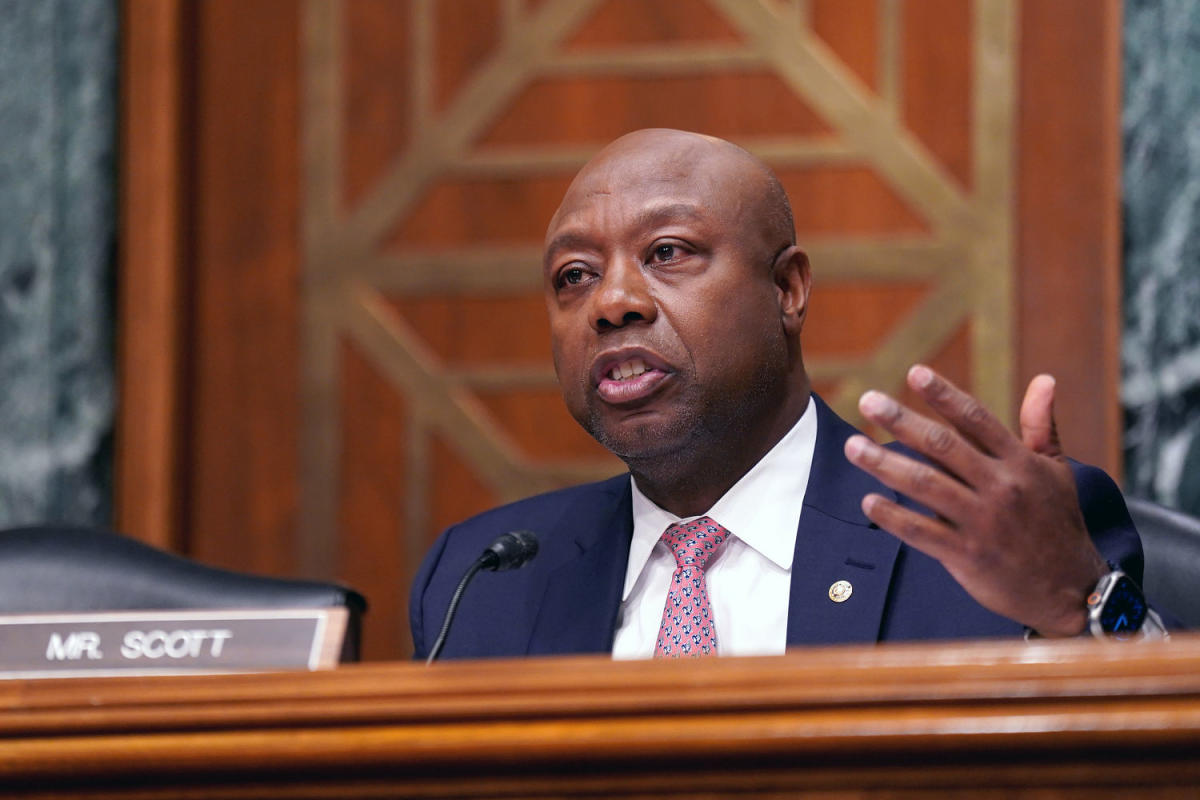Delaware’s path to obtaining offshore wind along its coasts has moved a step forward.
Senate Bill 265, which lays out the process by which governmental agencies will go through when contracting offshore wind projects in the state, officially passed in the Delaware Senate on Thursday, with a few changes to the bill’s original text.
The bill has now been moved to the state House for consideration.
SB 265, or the Delaware Energy Solutions Act of 2024, was heralded by environmentalists as a major win and a big step for the state in reaching its clean energy goals, but there are still opponents who worry about its economic feasibility and potential impacts on tourism.
The bill also may pave the way for other large-scale clean energy projects that rely on sources like solar power.
BACKGROUND: New bill sets the stage for offshore wind projects in Delaware. Here’s what to know
What does the bill say?
The bill lays out an exhaustive process by which offshore wind companies interested in investing in Delaware will have to undergo.
Essentially, three sections of the Delaware code will be adjusted with this bill. Those three sections would relate to highways and roadways (Title 17), public utilities (Title 26) and state government agencies (Title 29). Under the bill, Delaware’s Department of Transportation, State Energy Office, Renewable Energy Task Force and the Public Service Commission all have a say in ultimately approving an offshore wind project.
A solicitation process to find an appropriate wind project would begin with the State Energy Office putting out requests for proposals after evaluating whether the market conditions are feasible for Delaware to get involved.
The State Energy Office was originally limited to procuring between 800 and 1,200 megawatts of energy for Delaware’s utilities. Senate Amendment 1 took away this minimum requirement but left the 1,200 megawatt maximum in place.
More: What to expect in 2024 on the development of offshore wind energy in Delaware
More: Delaware’s beach towns offered payout to support offshore wind projects. Will it work?
One of the major components of the bill has to do with the cost of wind energy. The bill’s text states that the cost per megawatt cannot exceed 110% of the “Delaware Benchmark Price,” which is essentially the average price that Delaware customers have been paying for power over the preceding three years.
To be considered, solicitations must have a term length of at least 20 years, stay under 110% of the Delaware Benchmark Price and specify the economic and health benefits, avoided greenhouse gas emissions, impact on energy bills and impacts to the regional electric grid.
Contract terms would be negotiated by the various governmental agencies based on the project’s potential costs and benefits, health benefits, avoided greenhouse gas emissions and more before the Public Service Commission issues their final order. However, before a project can be built, the applicant must get proper permits from the Public Service Commission and DelDOT, which must give the OK to applicants who want to attach transmission lines through any state roadways.
This is where the language of the bill gets broader. Renewable energy interconnection facilities, which include any transmission lines or other equipment to connect any solar, wind or other renewable energy projects to the PJM transmission system, will be “encouraged as an integral part of the Delaware state infrastructure.”
This means that large-scale renewable energy projects, not just offshore wind, will be able to go through a similar process to get started.
“This bill is more than just about offshore wind,” Sen. Hansen said during the hearing. “This bill is setting up large interconnection with renewable energy generation into our state. Whether that’s wind, solar, or something else.”
What changes were made to the bill?

Two amendments were passed alongside Senate Bill 265.
Senate Amendment 1 outlined eight changes to various minutiae of the procurement process. Notably, the minimum energy usage of 800 megawatts was removed and a requirement was put in place that the State Energy Office must ensure that ratepayers “never bear the costs of any project alone,” setting further procedures for keeping costs at a reasonable level.
Although utility companies are not required to opt in to procuring offshore wind energy, Amendment 1 placed a requirement that any municipal electric utility company or rural electric cooperative that chooses to opt out of receiving offshore wind must submit a report detailing its approach to contributing to the state’s carbon reduction goals and explain why the entity chose not to participate in soliciting energy from offshore wind projects.
Senate Amendment 2 officially required the use of project labor agreements in solicitations for offshore wind projects, rather than just suggesting it.
Senate Bill 265 passed 15-6 across party lines on May 23.
Molly McVety covers community and environmental issues around Delaware. Contact her at [email protected]. Follow her on Twitter @mollymcvety.
This article originally appeared on Delaware News Journal: Delaware Senate passes offshore wind bill. What the bill does

Amanda Smith is a dedicated U.S. correspondent with a passion for uncovering the stories that shape the nation. With a background in political science, she provides in-depth analysis and insightful commentary on domestic affairs, ensuring readers are well-informed about the latest developments across the United States.







